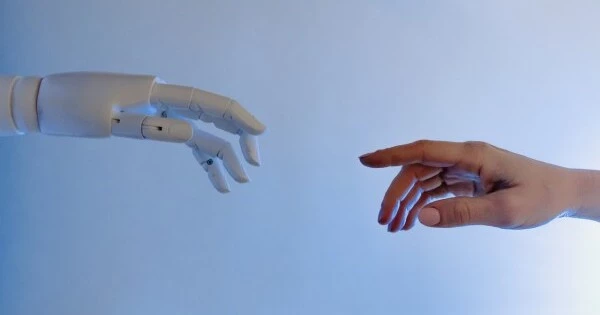Colleges and universities have been quick to adopt new technologies, often before their educational value has been proven. Higher education has experimented with technological advances such as the blackboard and the personal computer throughout its history. Some technologies have become indispensible components of the higher education enterprise. Others, such as the slide rule and the 16-millimeter movie projector, have been phased out in favor of more sophisticated or cost-effective technologies.
Technology has shifted the way that professors teach students in higher education. For example, by uploading recorded lectures online, students can reference a digital copy of the topics discussed in class. However, lecture-based teaching traditionally leaves students as consumers of information solely with little room for student creativity or interaction.
Now, researchers at the University of Missouri have found that activity-based learning, rather than lecture-based, enhances student creativity and learning by allowing students to use technology to develop their own original ideas.
This research is useful for professors to rethink how they design their existing courses. We need to shift away from purely lecture-based learning where students are just consumers of information toward a more meaningful learning approach with technology where students are able to come up with creative and novel solutions in a team setting.
Isa Jahnke
Isa Jahnke, associate professor in the MU College of Education’s School of Information Science and Learning Technologies, collaborated with former doctoral student Julia Liebscher to study how higher education professors in Europe use mobile technology in their classes. She found that student creativity was most enhanced by professors who allowed their students to use technology in a team setting to come up with a novel product or idea.
For example, one group of students in a history class developed an app that virtually teaches users about the history surrounding the Berlin Wall. Rather than simply lecturing the material to the students, Jahnke found that allowing them to use technology in a collaborative way enhanced the students’ creativity and understanding of the content.
“This research is useful for professors to rethink how they design their existing courses,” Jahnke said. “We need to shift away from purely lecture-based learning where students are just consumers of information toward a more meaningful learning approach with technology where students are able to come up with creative and novel solutions in a team setting.”

Jahnke added that there are resources at MU, such as the Teaching For Learning Center, to help professors rethink their course designs amidst the ever-changing educational landscape.
“If we have universities that are producing more creative-thinking students, then we have more people who can help come up with solutions for all of society’s grand challenges,” Jahnke said. “Creativity will lead to better innovators, entrepreneurs, and business owners, but first we need to ask ourselves as educators if we are using technology to put our students in positions to be creative in the first place.”
The primary technologies reshaping higher education are computers and telecommunications. Electronic mail, fax machines, the World Wide Web, CDROMs, and commercially developed simulations and courseware are changing daily operations and expanding the missions of colleges and universities as a result of advancements in each of these domains.
















